While the Stock Market crash of 1929 and the Great Depression had a devastating effect on American people, the campus was rather sheltered from negative effects. In fact, several large scale building projects were completed through funds made possible by U.S. Federal and California State New Deal programs. New Deal agencies provided money for campus building construction, repair, and improvements (Works Progress Administration), work projects for students showing financial need (Federal Emergency Relief Administration), and special benefits and jobs for the most needy of students (National Youth Administration). A special grant of $260,000 in 1933 enabled construction to begin on the first stadium for a California State College. A second grant was needed to complete the project in 1936. The stadium was named “Aztec Bowl”. Many of these projects were completed under the astute leadership of President Hardy, who retired in 1935.
1921-1935
1921 to 1935: State Teachers College of San Diego
In 1921 the local junior college was located on campus in addition to the Teacher’s College and the school’s formal name became “State Teachers College of San Diego”; thus, it became a 4-year school. Lower division courses were offered to prepare students for the upper division course work of colleges and universities and to students who wished to prepare themselves for teaching at the elementary, junior high, and senior high school settings. These changes impacted enrollment both in terms of total number of students and in an increase in male students.
Charles E. Peterson and the Emergence of Athletics
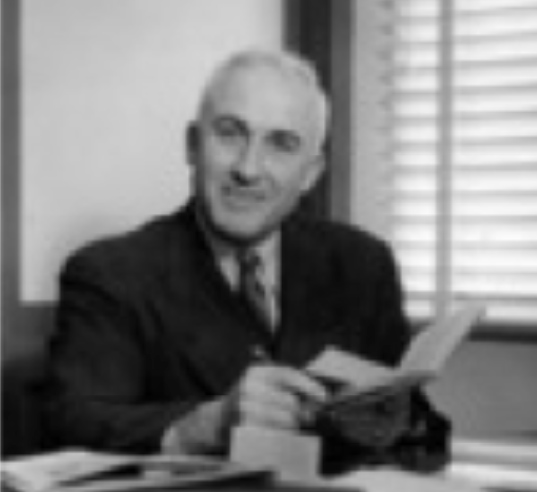
Track was the most successful sport during this period. Coach Peterson chaired a committee in 1924 that changed the name “Staters” to “Aztecs”, heralding the beginning of a long legacy on the campus. He was also very visible in homecoming activities and led students up Cowles Mountain for bonfires and pep rallies.
State Teachers College of San Diego became a member of the junior college conference in athletics. The other junior colleges were not pleased with the addition of a 4-year school and many games were forfeited to avoid playing us. STCSD won all conference championships and was asked to leave the league in 1924. The next school year STCSD was an independent and in 1926 we applied to the Southern California Conference. Football was largely unsuccessful, without a conference championship until 1936. In 1926 three additional coaches were hired: Tom McMullen, Lee Waymire, and Hal Brucker.
Curricular and Organizational Changes
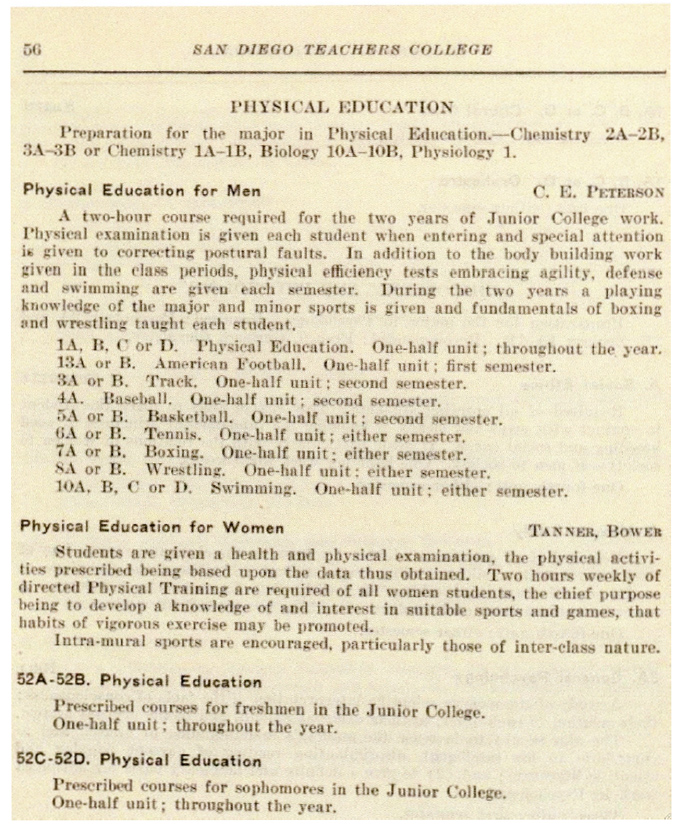
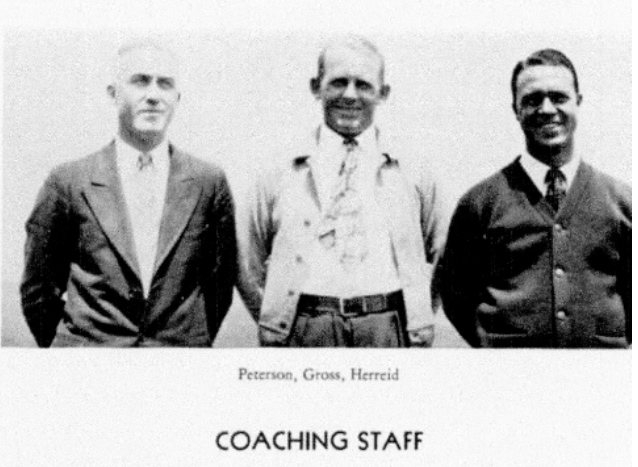
The 1920’s decade for Food and Nutrition was a challenging one in several respects. First, the Vocational Home Economics program was phased out in 1922-23. Katherine Cox, Margaret Bostian, and Marjorie Landers were hired in the first half of the decade and taught in the Prevocational Home Making Certification program.
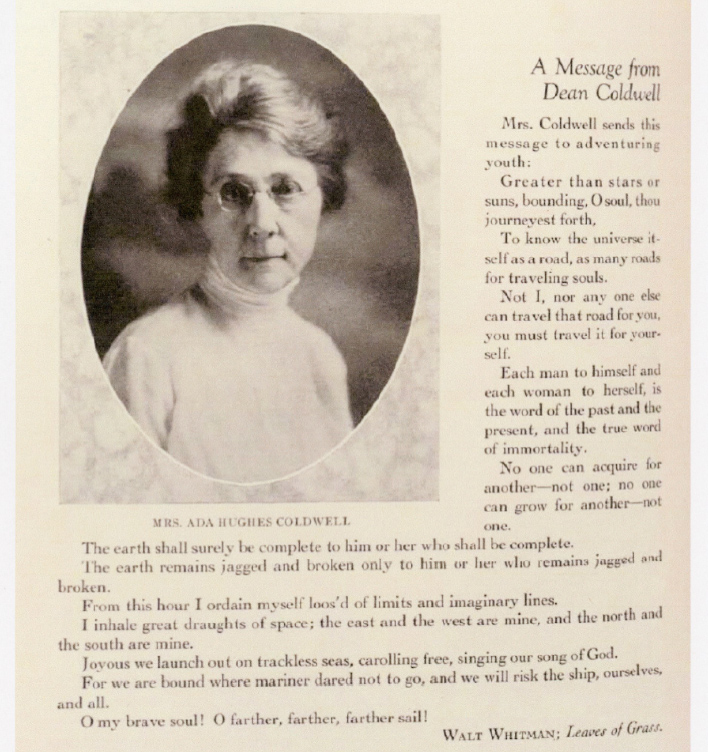
Move to the Mesa
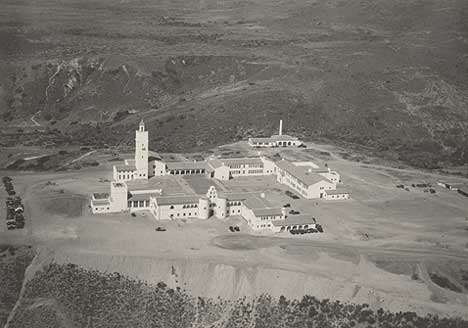
In 1931 there was also approval to paint an “S” on Cowles Mountain as a symbol of the spirit of the Aztec campus. Coach Peterson led students to the Mountain for pep rallies and bonfires that he thought were appropriate for our wonderful institution. At the time, the “S” was the largest intercollegiate symbol in the United States and students and faculty held this symbol with great pride.
The Great Depression
Contact Us
SDSU ENS
